Affiliate links on Android Authority may earn us a commission. Learn more.
Android 4.1 Jelly Bean features and release date official – what you need to know
Published onJune 27, 2012
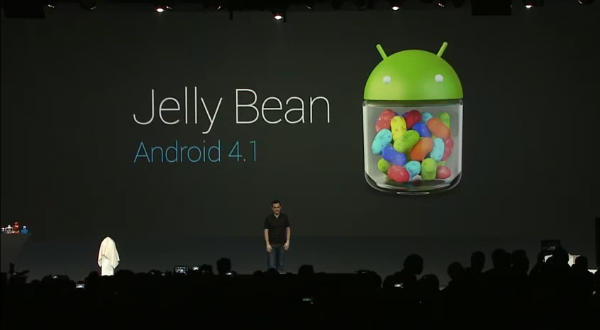
Google kicked off its Google I/O developer conference just a few minutes ago and it started the whole thing talking about Android 4.1 Jelly Bean, it’s next major mobile operating system refresh.
Google revealed on stage that over 400 million devices have been activated to date, 300 million since last year’s Google I/O event, and that it currently activates 1 million devices per day, up 600,000 units compared to Google I/0 2011 – or about “12 new Android devices every second of ever day.”
Before we take a look at the main features of the new OS version we’ll point out the fact that rumors were right, Jelly Bean does refer to Android 4.1 and not Android 5.0 as we would have expected. And while that version number may suggest we’re looking at a mild update rather than a full OS upgrade, you’ll certainly like what Google has prepared for you. Here are the main features and improvements of Jelly Bean.
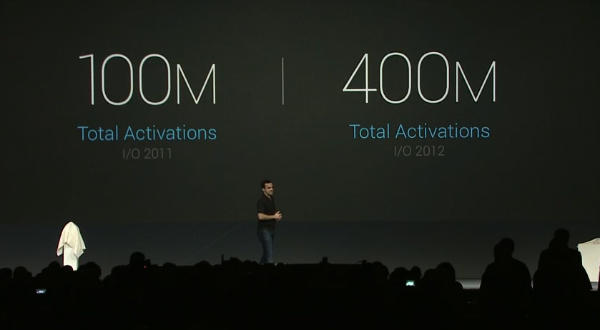
Project Butter
With Jelly Bean, Google plans to offer users a more seamless UI experience by optimizing Android to better take advantage of the hardware resources available. “Project Butter” describes a series of improvements Jelly Bean will have to offer, compared to its predecessors. These include VSync, Tripple Buffering and Touch Responsiveness.
Jelly Bean now supports a much higher frame rate (60fps), which make screen animations move a lot smoother than before. Furthermore, Jelly Bean will make the hardware, including the processor and graphics processing unit work together (Triple Buffering) to offer a faster, improved experience across the board. The OS can now dial down the CPU when the handset is in standby, and wake it up again as soon as the user touches the screen. Moreover, part of the Touch Responsiveness improvements is touch predictability, as Jelly Bean will know where the user will touch the display next.
“Delightful Improvements”
Home Screen & Widgets
In Jelly Bean, users will be able to further customize the appearance of their home screens, and they’ll have a much easier job adding widgets to any screen. The widgets will adapt to the current layout of the display, and resize automatically to fit that area. In order to do away with a widget you’ll only have to swipe it upwards and “out of your phone” – this also works with apps and photos.
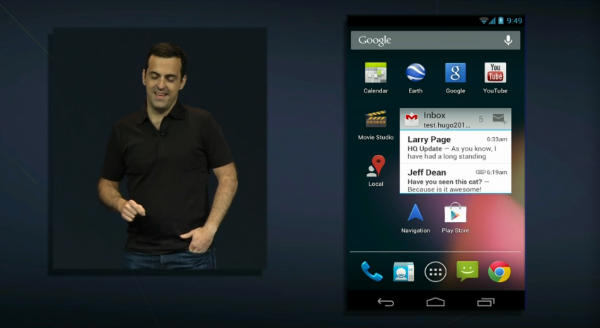
Text input
Google has refined and improved its text input options, and Jelly Bean supports regular touch-based typing, but also an improved voice-based typing alternative.
Jelly Bean now supports 18 extra languages, and the default keyboard is significantly upgraded compared to its predecessor. The stock keyboard will offer a better dictionary and predictive text support.
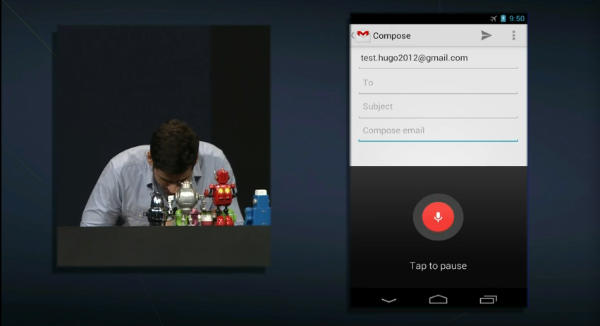
Without calling it Majel, Google’s rumored voice-based assistant project, the company did improve voice typing in Jelly Bean by making it available in both offline and online modes. The offline mode will certainly please Android fans that don’t have a great data plan or that have a shady data connection.
Accessibility
Google is making Android more accessible to various potential buyers, including blind users. Jelly Bean will offer voice- and gesture-based interactions that will let visually challenged people interact with the phone. Furthermore, Jelly Bean devices will be able to connect via Bluetooth to third-party Braille devices.
Camera
While ICS brought users updated Camera features, including a zero lag shutter, Jelly Bean is about to let the same users access their photo library a lot faster. The photo app offers a film strip view for faster scrolling, and images can be shared with family and friends with a simple tap. Deleting pictures is very simple, just swipe up to remove the unwanted shots. And just in case you delete something that shouldn’t have been removed, an Undo feature is available
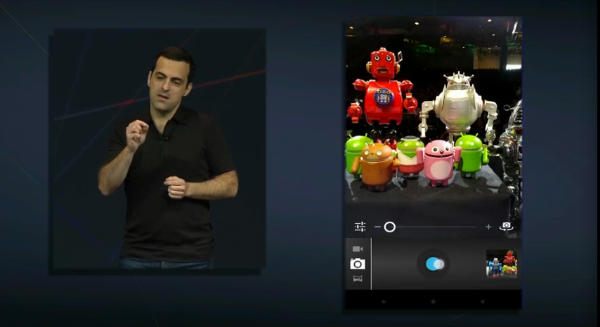
Android Beam
In Jelly Bean, users will be able to do more things with the Android Beam feature that was launched with ICS. Google will let users share images and videos between NFC devices with just a simple tap, and NFC-ready handsets will be able to instantly pair with Bluetooth devices, again, by simply tapping them together.
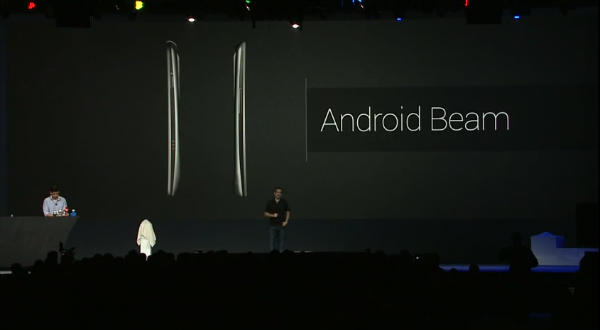
Notifications
Google improved the user experience in Jelly Bean across the board, and that couldn’t be done without updating the Notifications app. The notifications are now “actionable, they expand and collapse and they’re customizable.” The new Notifications menu will now let you perform various app-related actions right from the notification of that particular app, without actually going into the app. That means you’ll be able to do more things with less clicks.

Notifications also come with pre-programmed quick responses which can be sent to chosen contacts in various instances, such as being late for meetings and similar time-sensitive daily matters.
And in case you want more pictures in your Notifications, you’ll be happy to hear that Google+ images are now available right in there, and they can be shared with friends from right inside the Notifications app.
Another neat visual trick is available in the Notifications menu, where users can swipe down with two fingers to extend it and access even more data.
Google Search
Since Google makes most of its cash from its advertising business, whether we’re talking about desktop or mobile browsing, we’re not surprised to see the company update the Google Search experience in Jelly Bean. And Google says that Google Search has been redesigned from the ground up in Jelly Bean. The new Search offers a new user interface, voice-based search and a Google Now feature.
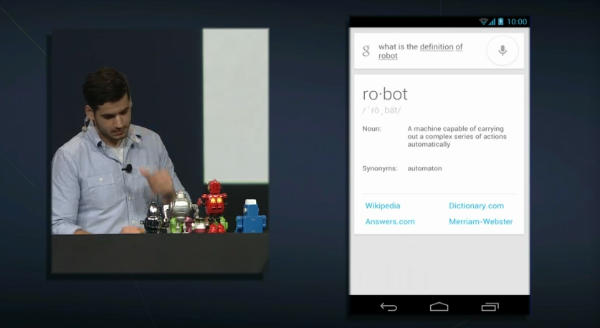
The company is using “the power of Knowledge Graph” to understand what the user is looking for and display search results. Instead of plain old links and text, the company is providing a richer format – cards that include text and images.
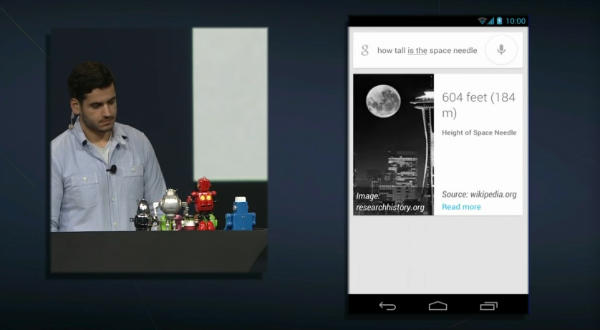
When it comes to voice-based search – again Majel was not mentioned – the same Knowledge Graph is used to understand the query and deliver the appropriate responses. And from the looks of the voice search demo, it seems that Google is ready to offer a very impressive assistant-like overall experience in Jelly Bean.
In addition to the immediate answers that Google provides, no matter how you search for them, you’ll also be able to access all the other web results that match the keywords you have introduced.
Google Now
While interesting, this feature is not for those of you that value their privacy. In short, Jelly Bean phones will be able to actively help you based on your behavioral patterns, as long as you choose to share certain things about you with Google, including search history, calendar, Google Maps data and others.
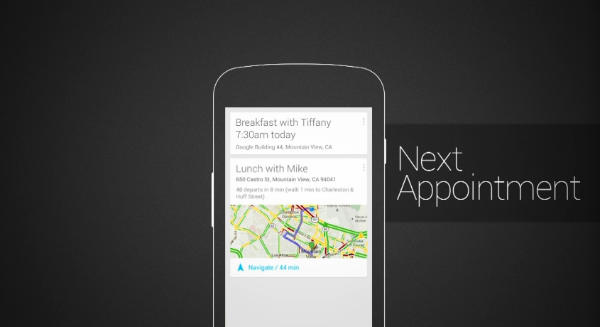
Once you do that, your Jelly Bean phone will know where you’re going and how fast you’re getting there, it will be able to offer alternative routes and commuting information, commute duration, and it will even be able to calculate when to leave to get to your meetings in time. With Google Now you’ll automatically keep track of sporting events based on what teams you search for, get restaurant recommendations when you’re away from home and local information both at home but also if you’re traveling abroad, such as money exchange rate, language tips, weather info and the time at home.
Google Now also knows the status of your flight and/or travel plan and can help you make better use of your time by letting you know when flights get cancelled and/or delayed.
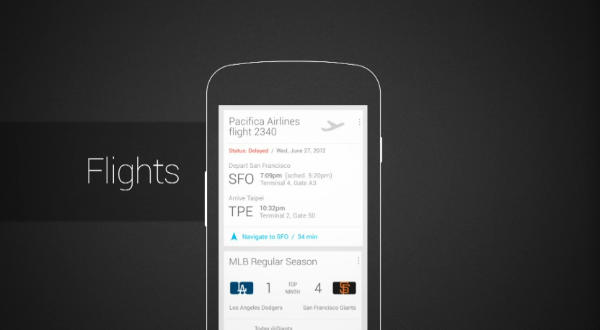
Google Now works with various pre-programmed information cards that deal with these various aspects of your mobile life, and Google says it will have more cards available in the future to deal with other instances in your life than the ones mentioned so far – commute, calendar, travel, flights, sports and restaurants.
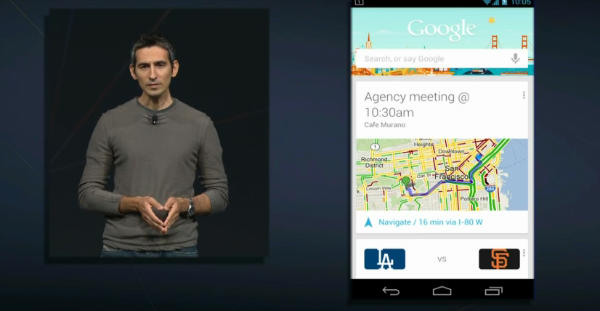
As you can see, Android 4.1 Jelly Bean has three main features, Project Butter, “Delightful improvements” and a new Google Search experience. But when will it be available?
Release Date
Android 4.1 Jelly Bean will be available as an over-the-air (OTA) update for Nexus-branded devices including the Nexus S and the Galaxy Nexus and the Motorola Xoom in July, while developers can already play with the Jelly Bean SDK today.
More importantly, Google wants its OEM partners to have early access to its upcoming OS versions well ahead of their releases, that’s why the company has announced a PDK for Android device makers.
PDK stands for Platform Development Kit and it contains all the details needed by these companies to have Android devices running the latest Android version in stores as soon as possible. PDKs will be available 2-3 months ahead of the launch of the next-gen Android version, which should help them launch smartphones and tablets running the latest Android version a lot faster, but also to update current devices to a future OS version in a more timely manner. The Jelly Bean PDK has been available to certain OEMs for a few weeks now, and it will be available to everyone else starting today.